The Dutch Wind Wheel will blaze a trail for sustainability in Rotterdam

With key recent developments – such as De Rotterdam, the Markthall and the recent Timmerhuis – the Dutch city of Rotterdam has been aiming high in the architectural stakes, and a new project proves that it has its eye firmly on sustainability too.
The Dutch Wind Wheel 'must become the new icon for Rotterdam and the Netherlands', claim architects DoepelStrijkers, who are currently designing a 'windmill of the future'. Developed alongside two more Rotterdam based companies, Meysters and BLOC, this futuristic-looking mixed-use building is hoped to bring together several breakthrough technologies, to form an icon of Dutch innovation and sustainability.
According to Duzan Doepel, partner at DoepelStrijkers, the project is part of a collective effort to transform Rotterdam into a clean technology city. To achieve this, the team is working closely with developers, investors, and scientists, as well as a growing number of institutions, such as Delft University and the Rotterdam Climate Initiative.
The building is formed of two rings with distinct functions. The inner ring includes 72 residential units, a sky restaurant, a hotel, and commercial spaces; the outer one – the 'panoramic wheel' – is composed of 40 rotating cabins on a rail system, 'a little bit like the London Eye', says Doepel.
The inner ring's area will be comprised of a framework of horizontal steel tubes that generate energy in a new and sustainable way. Dubbed the Electrostatic Wind turbine, it is one step further from that of traditional windmill. Not only will this 'architectural product' work like an ecosystem in itself, but it will also be entirely energy-neutral and connected to a smart grid for surplus energy. Other technological features include an interactive information layer within the glass facades of the cabins, as well as systems for water treatment for organic waste and photovoltaics.
The Dutch Wind Wheel is being promoted as a public place as well. The 40 rotating cabins will provide platforms for various views over the city and its port, the largest in Europe. It will also make for a striking addition to the ever-changing Rotterdam skyline. A complex project as it is, at the moment it is in its research and development stages, set for completion between 2020 and 2025.
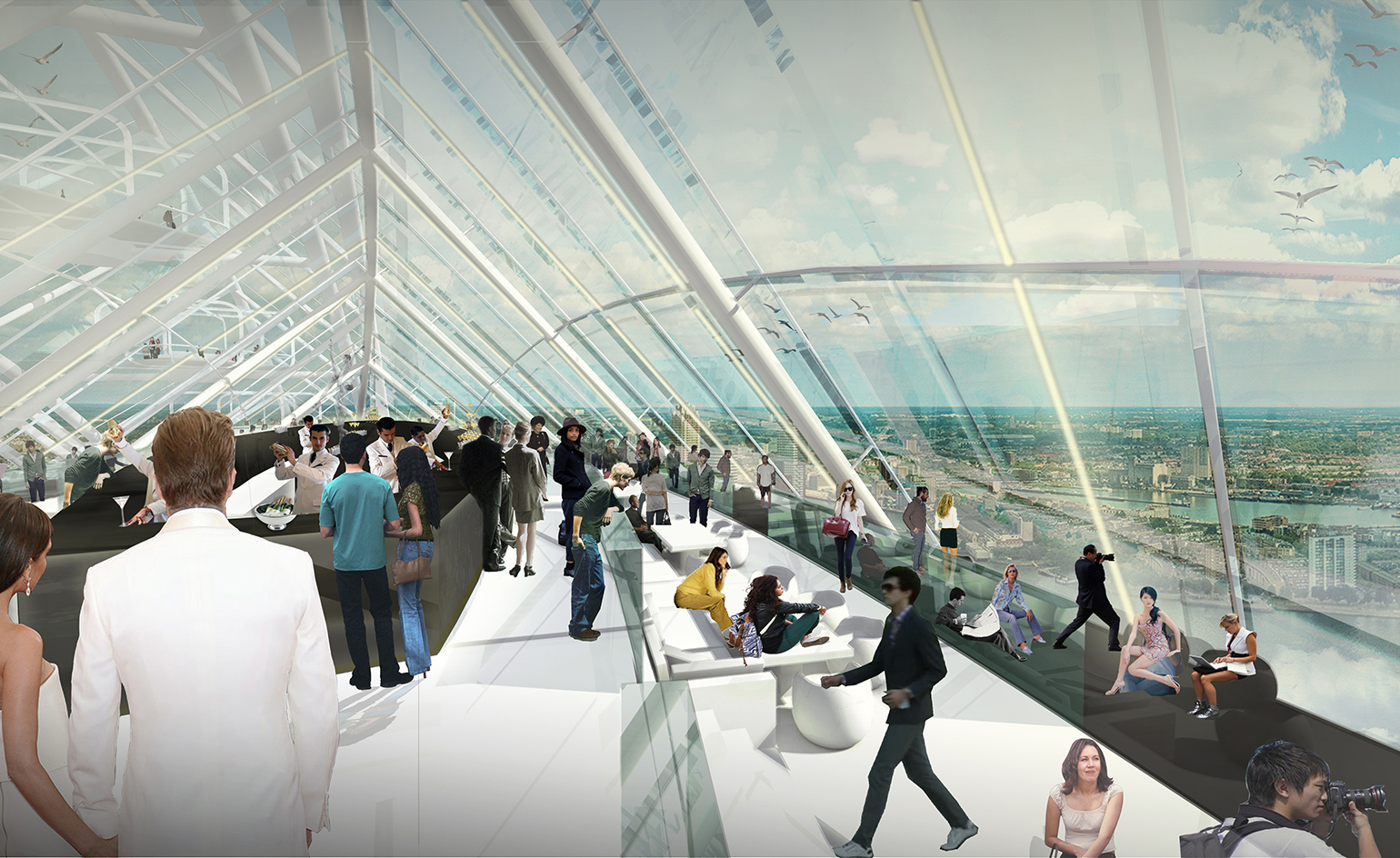
The building is formed of two rings with different functions - the inner one includes 72 residential units, a sky restaurant, a hotel, and commercial spaces
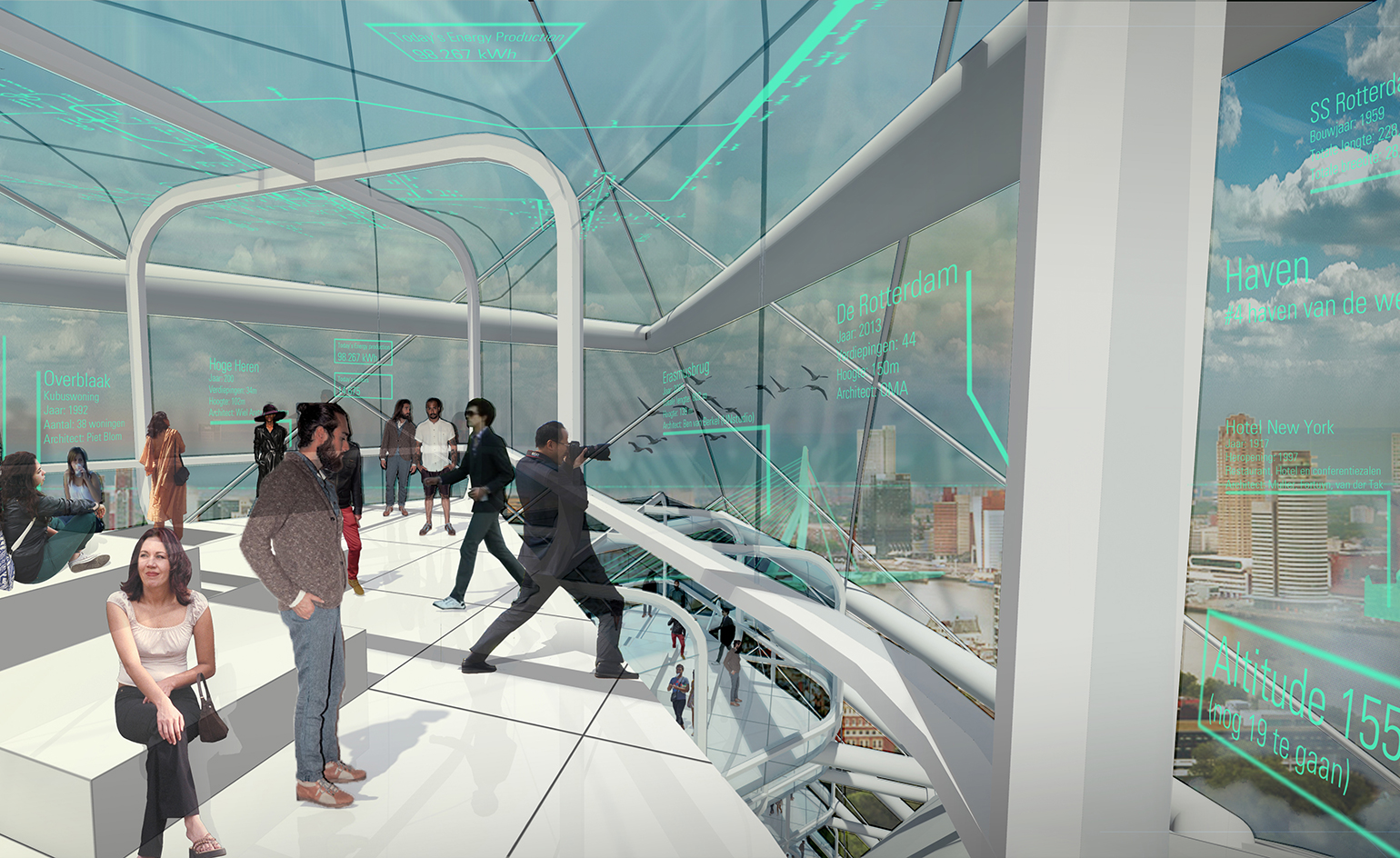
The outer one, called the ’panoramic wheel’, is composed of 40 rotating cabins on a rail system

The technology used in the Wheel will be one step further from the traditional wind turbine, but the trailblazing project will also make for a striking addition to the city’s skyline
INFORMATION
For more information on the project visit the website
Receive our daily digest of inspiration, escapism and design stories from around the world direct to your inbox.
-
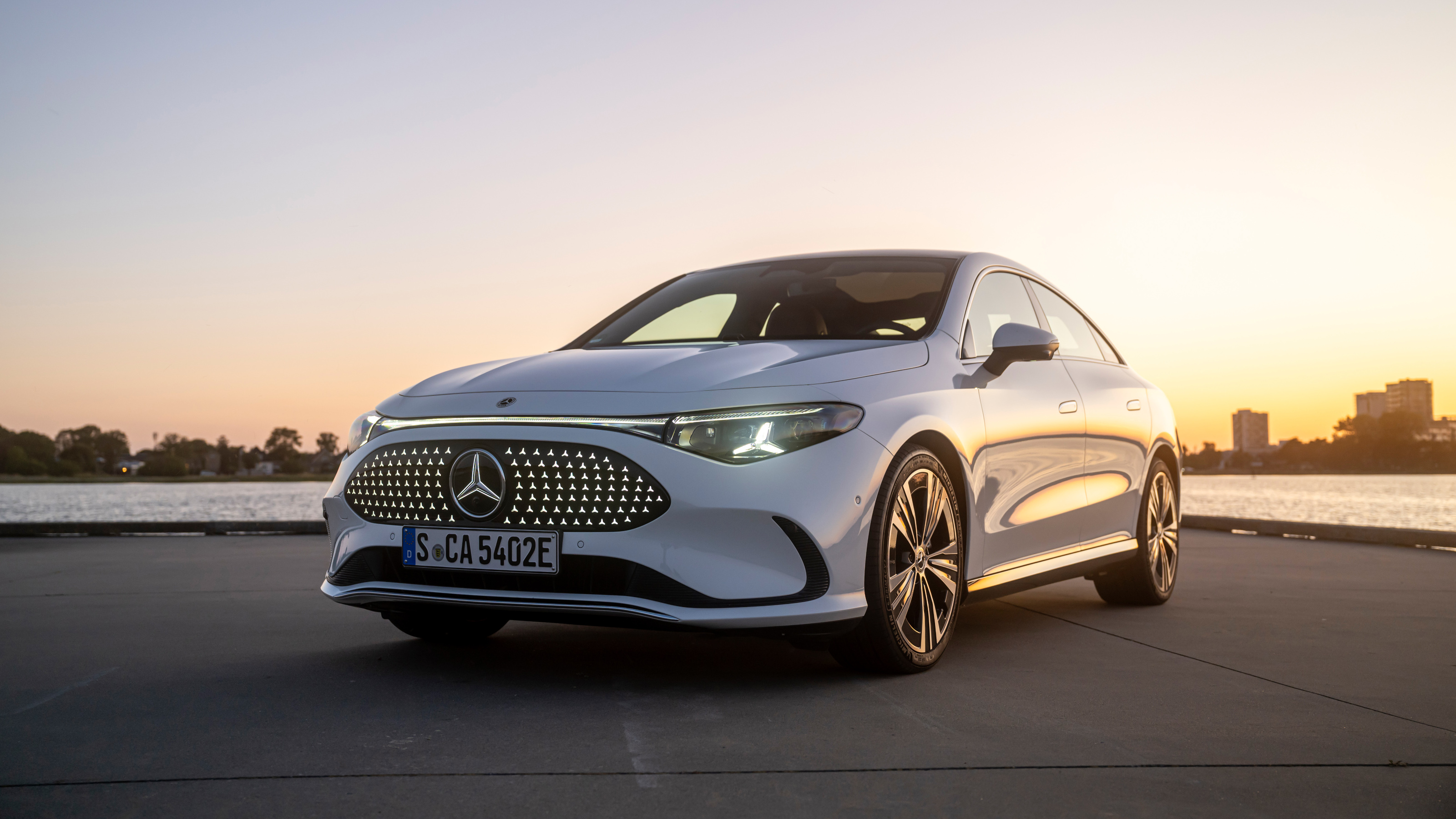 The new CLA brings Mercedes's all-electric know-how to a new market sector
The new CLA brings Mercedes's all-electric know-how to a new market sectorMixing high tech moves with tremendous tactile qualities, the buttery smooth new Mercedes-Benz CLA is an electric winner. Wallpaper* drives across Denmark in a triumphant new car with a three-pointed star
-
 Collagerie and Zara Home debut perfectly imperfect furniture and accessories
Collagerie and Zara Home debut perfectly imperfect furniture and accessoriesLucinda Chambers’ Collagerie collaborates with Zara Home on a collection that is an ode to the everyday
-
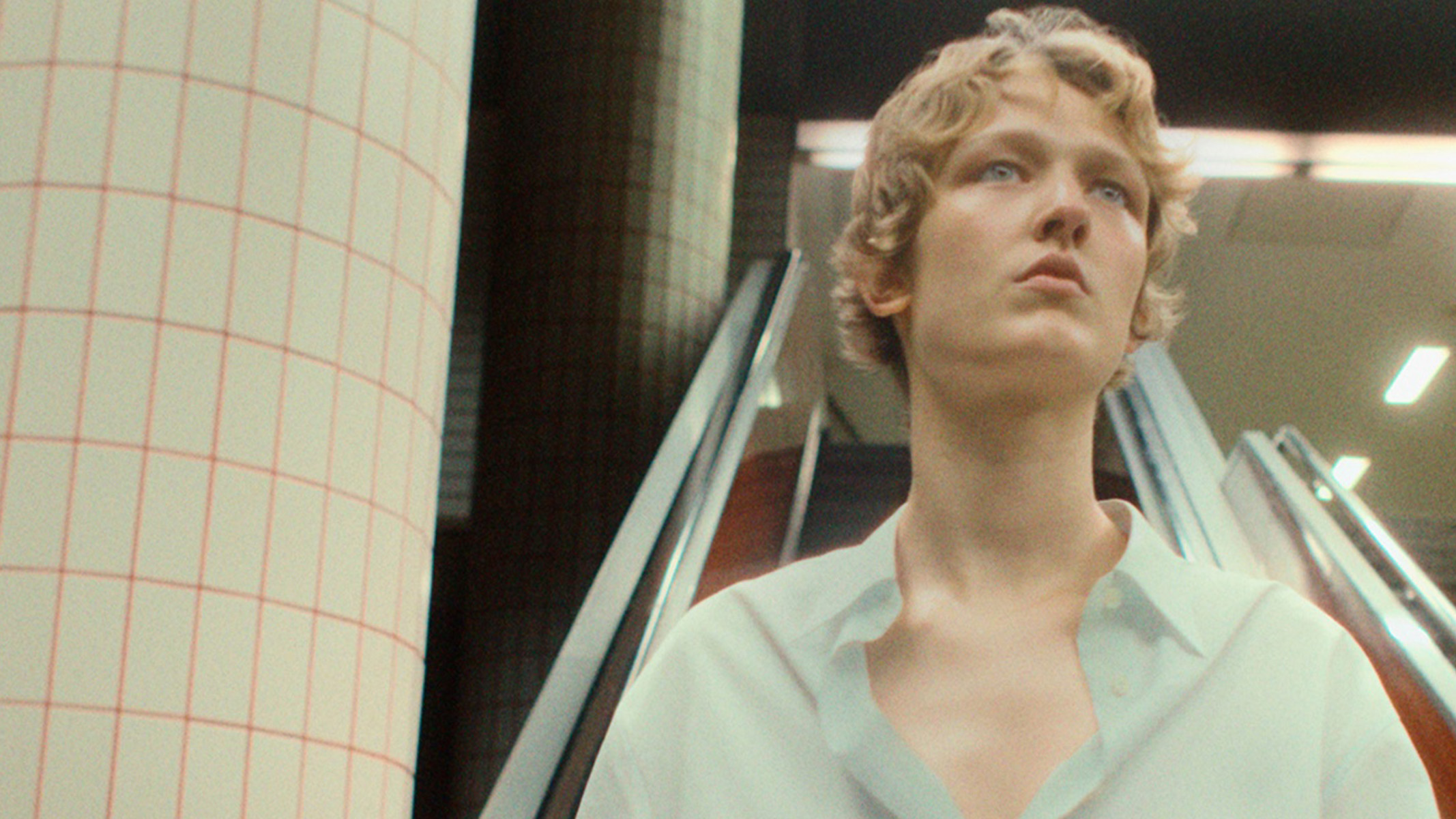 ‘A beginning is a dialogue’: Simone Bellotti reveals a first glimpse of his vision for Jil Sander with an EP and music video
‘A beginning is a dialogue’: Simone Bellotti reveals a first glimpse of his vision for Jil Sander with an EP and music videoTitled ‘Wanderlust’, the music video and EP is a collaboration with Bochum Welt, signalling an esoteric start to Simone Bellotti’s tenure at the house before his runway debut later this year
-
 What is eco-brutalism? Inside the green monoliths of the movement
What is eco-brutalism? Inside the green monoliths of the movementThe juxtaposition of stark concrete and tumbling greenery is eminently Instagrammable, but how does this architectural movement address the sustainability issues associated with brutalism?
-
 Ma Yansong's latest project is anchored by a gleaming stainless steel 'tornado'
Ma Yansong's latest project is anchored by a gleaming stainless steel 'tornado'The new Fenix museum in Rotterdam, devoted to migration, marks MAD's first European cultural project.
-
 Portlantis is a new Rotterdam visitor centre connecting guests with its rich maritime spirit
Portlantis is a new Rotterdam visitor centre connecting guests with its rich maritime spiritRotterdam visitor centre Portlantis is an immersive experience exploring the rich history of Europe’s largest port; we preview what the building has to offer and the story behind its playfully stacked design
-
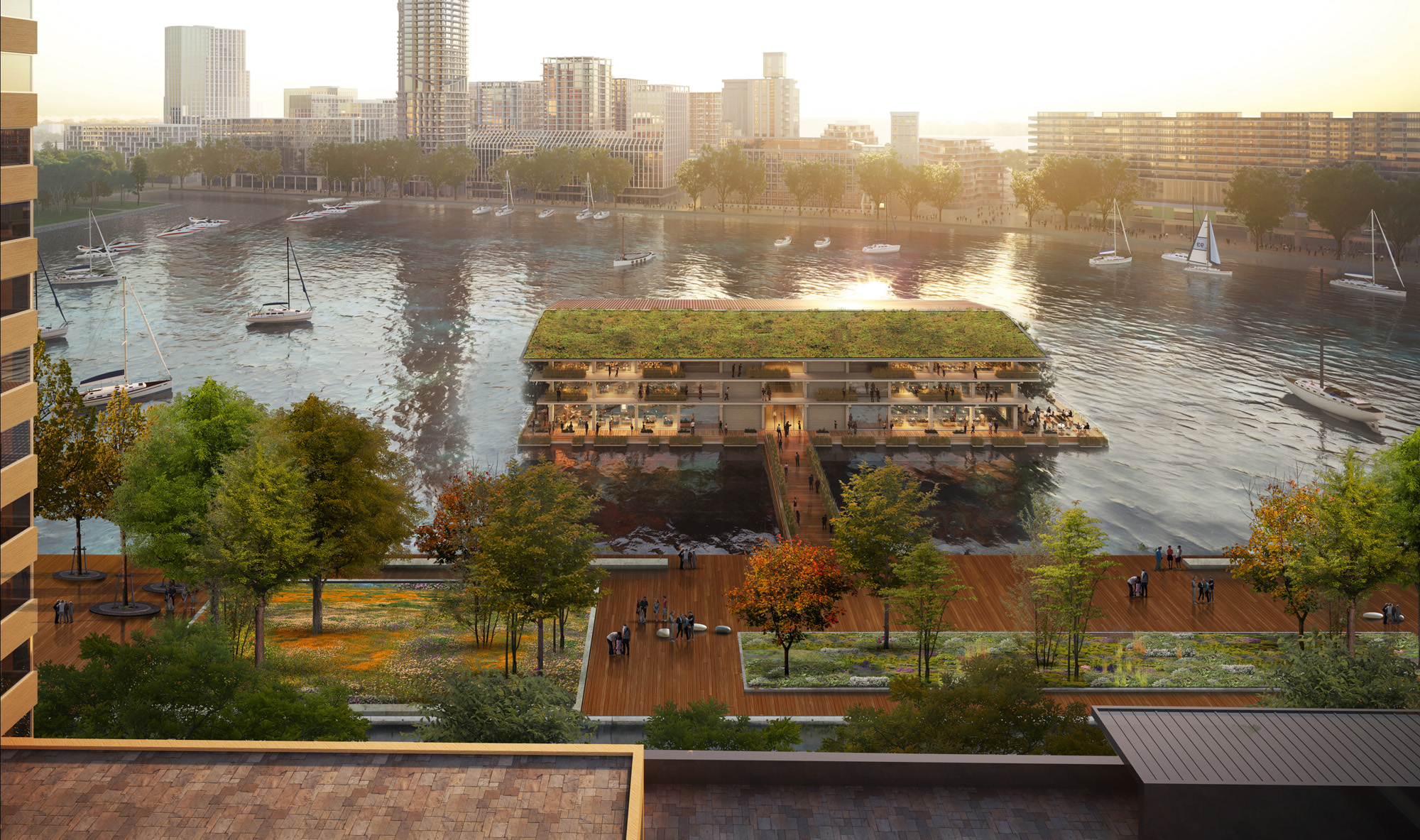 Rotterdam’s urban rethink makes it the city of 2025
Rotterdam’s urban rethink makes it the city of 2025We travel to Rotterdam, honoured in the Wallpaper* Design Awards 2025, and look at the urban action the Dutch city is taking to future-proof its environment for people and nature
-
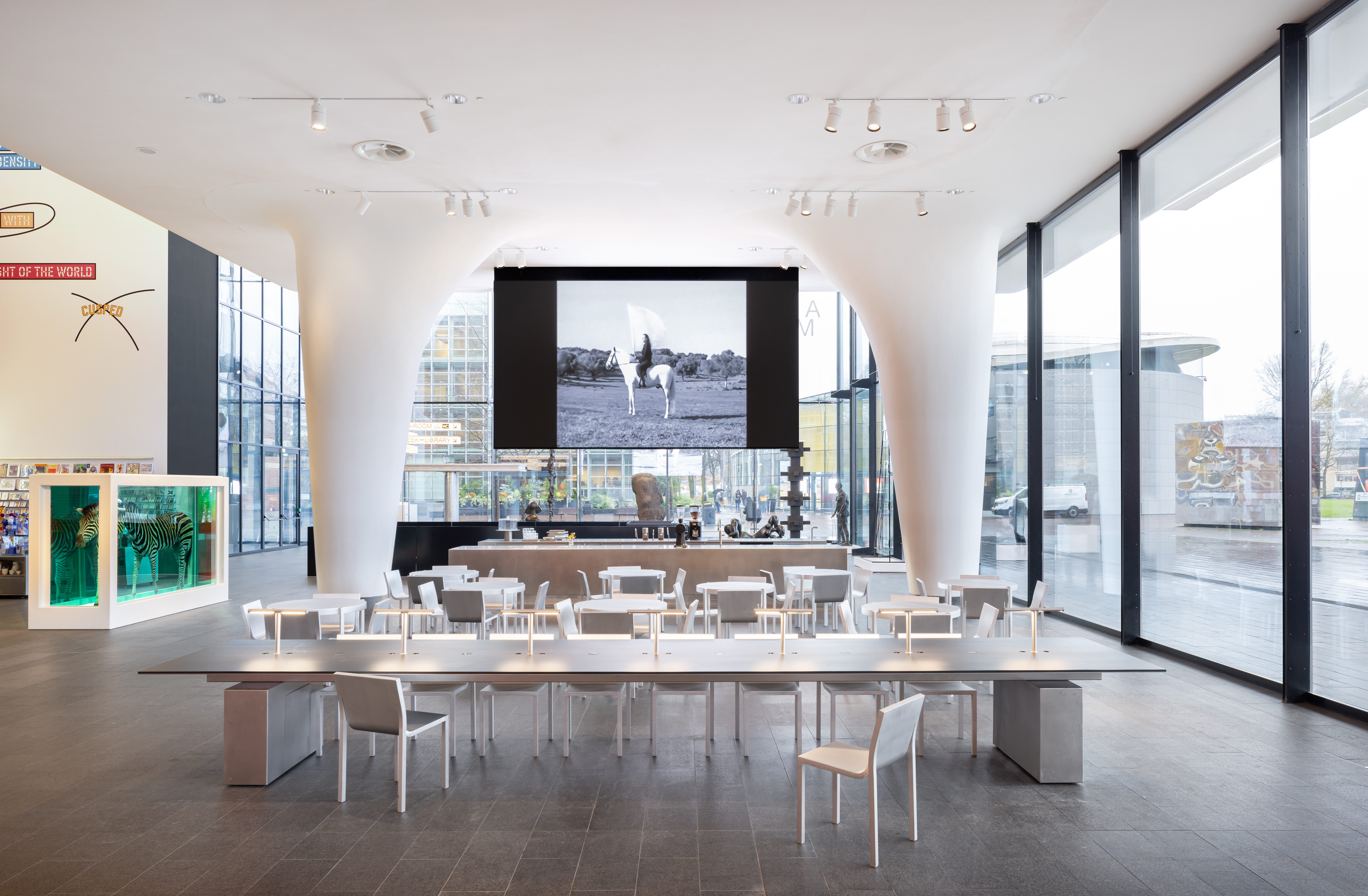 We stepped inside the Stedelijk Museum's newest addition in Amsterdam
We stepped inside the Stedelijk Museum's newest addition in AmsterdamAmsterdam's Stedelijk Museum has unveiled its latest addition, the brand-new Don Quixote Sculpture Hall by Paul Cournet of Rotterdam creative agency Cloud
-
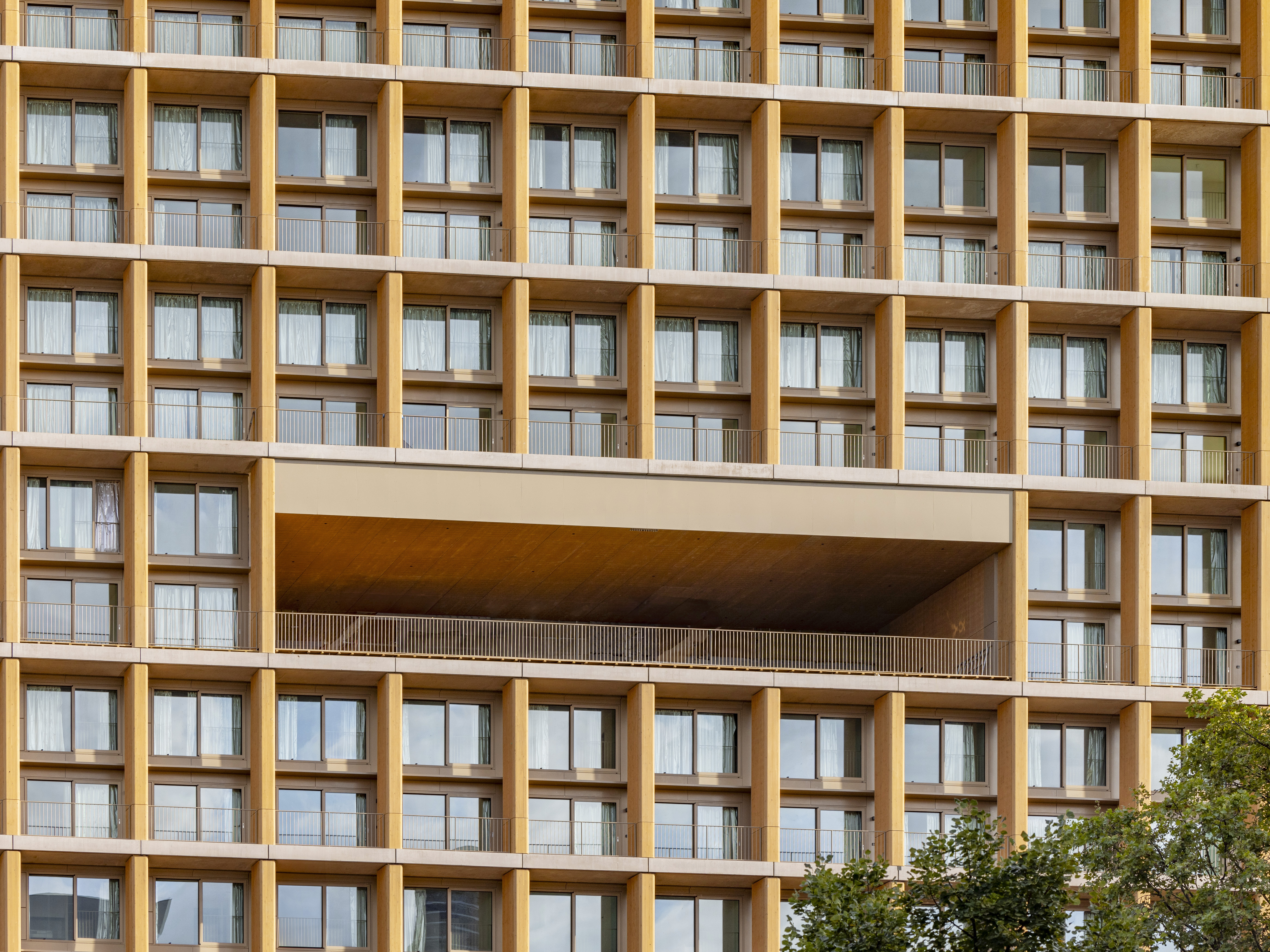 Explore wood architecture, Paris' new timber tower and how to make sustainable construction look ‘iconic’
Explore wood architecture, Paris' new timber tower and how to make sustainable construction look ‘iconic’A new timber tower brings wood architecture into sharp focus in Paris and highlights ways to craft buildings that are both sustainable and look great: we spoke to project architects LAN, and explore the genre through further examples
-
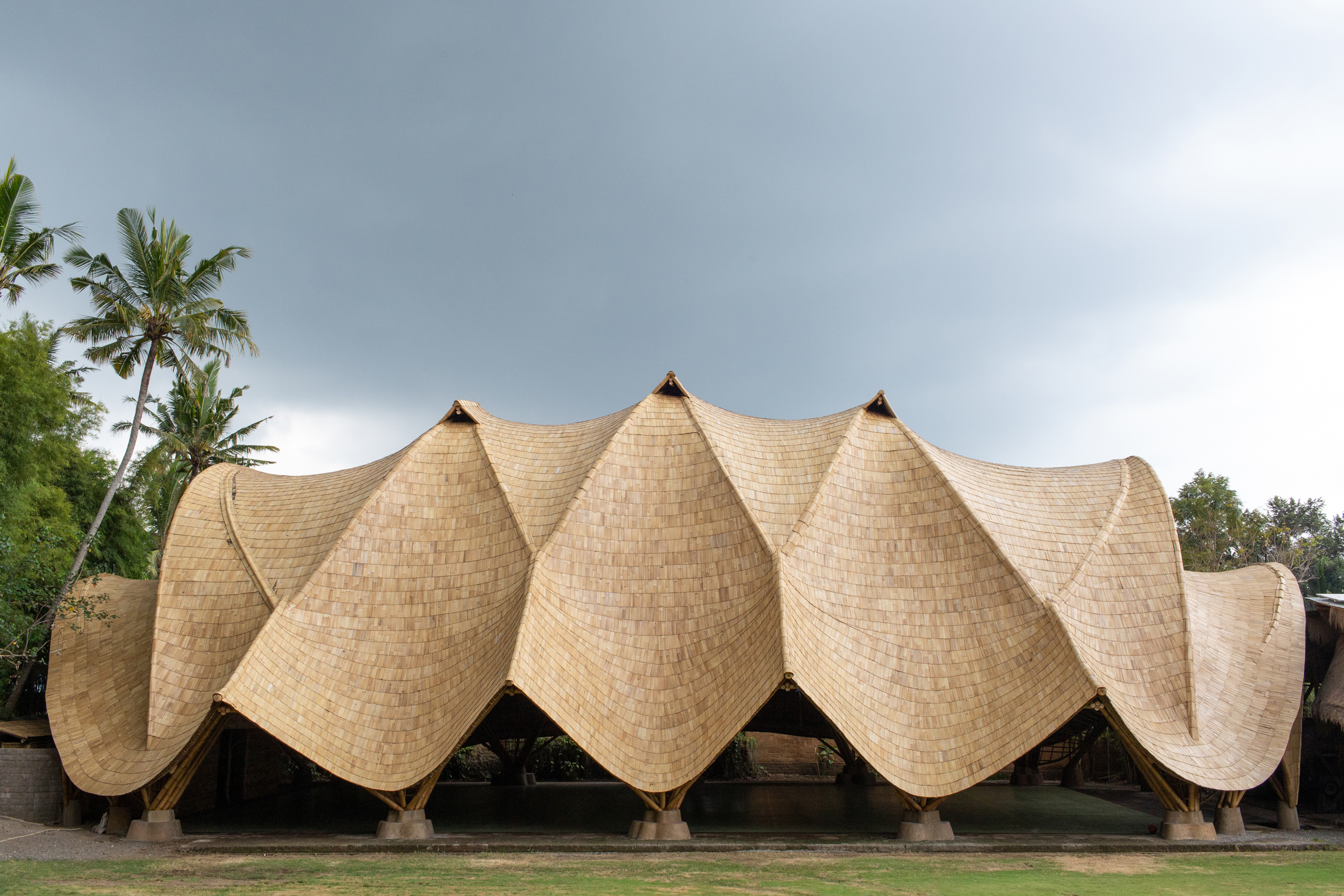 Building with bamboo: In Bali, designer, Elora Hardy, shares her tips and experience
Building with bamboo: In Bali, designer, Elora Hardy, shares her tips and experienceBamboo architecture can be powerful and sustainable; here, we talk to Ibuku's Elora Hardy, who shares her tips, thoughts and experience in working with the material in Bali
-
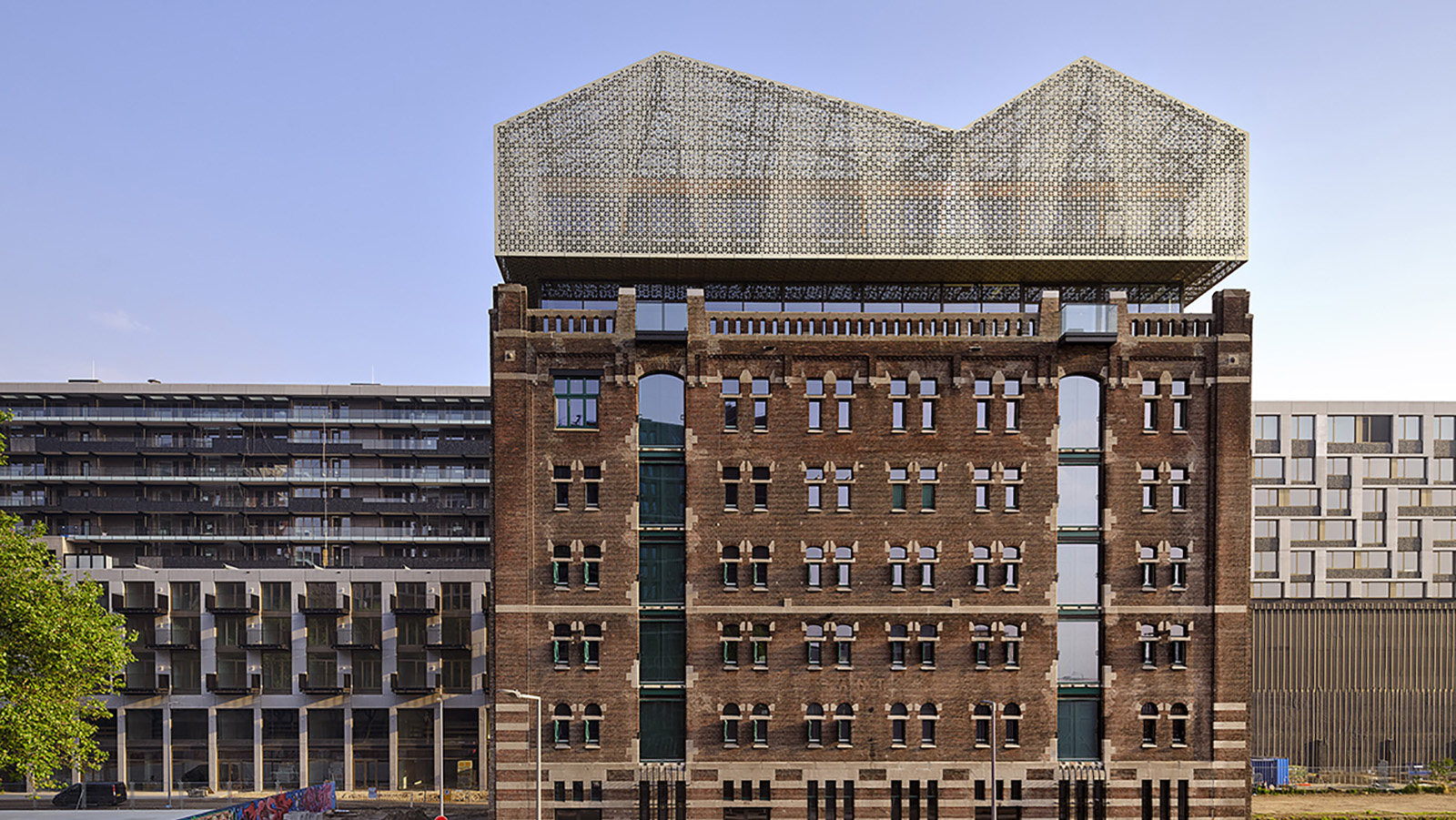 A peek inside the Nederlands Fotomuseum as it prepares for its 2025 opening
A peek inside the Nederlands Fotomuseum as it prepares for its 2025 openingThe home for the Nederlands Fotomuseum, set on the Rotterdam waterfront, is one step closer to its 2025 opening